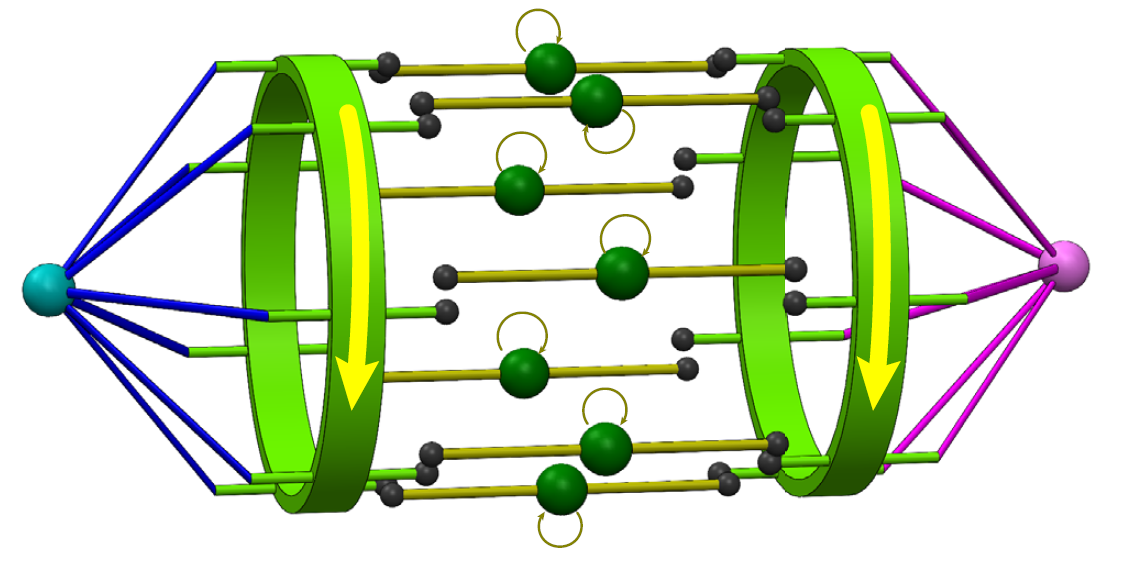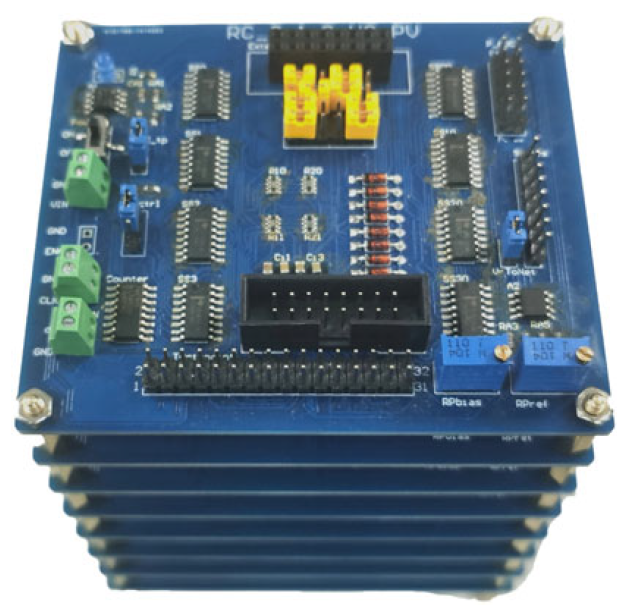You are using an out of date browser. It may not display this or other websites correctly.
You should upgrade or use an alternative browser.
You should upgrade or use an alternative browser.
Chinese semiconductor industry
- Thread starter Hendrik_2000
- Start date
- Status
- Not open for further replies.
why don't you said 10-7nm... 22nm so small... lmao...@antiterror13 Sir from @olalavn himself a 22nm DUVL in cooperation with Huawei.
[/HEADING]
[HEADING=3]olalavnNew Member
Registered Member
SMEE is doing it with experts from Hsilicon
@olalavn sorry sir become a habit of mine BUT at least we understand each other...lolwhy don't you said 10-7nm... 22nm so small... lmao...
Shaoxing BYD Semiconductor Co., Ltd. was established, with the legal representative Chen Gang and the registered capital of 50 million yuan. Its business scope includes semiconductor discrete device manufacturing; semiconductor discrete device sales; security equipment manufacturing; security equipment sales; security system monitoring services; contract energy management,
Attachments
Could you also provide the value of IC imported for the same period?From January to June 2022, China imported a total of 279.7 billion integrated circuits (30,000 tons), down 10.4% year-on-year.
for UCould you also provide the value of IC imported for the same period?
E
Where's this from? Only 2 Unis is far from enough
prototype computer that mimics the analog physical computational dynamics of the brain could lead to more efficient and more powerful problem-solving platforms.
Using off-the-shelf electronic components, a Tsinghua University-led research team has built a complete prototype ‘reservoir’ computer as a low-power, high-speed alternative to today’s binary-based computer systems. The research, published in Nature Communications1, demonstrates the potential of analog-based brain-mimicking hardware architecture for solving complex problems and efficiently training neural networks.

Rotating neurons (green) provide a cyclic reservoir that processes inputs (blue) to be read out as linearly classified outputs (pink).
The promise of reservoir computing
Today's computers are based on the processing of binary data – 0s and 1s – through complex logic networks. The brain, however, offers an enticingly different and promising computing principle. It operates on many different inputs at once, with each neuron connected to many others in a time-varying cascading network – a highly efficient biological computer that operates not on 1s and 0s, but in a non-linear analog domain. Mathematically, this could be modelled as a ‘reservoir’ computer, as He Qian from the Beijing National Research Center for Information Science and Technology (BNRist) at Tsinghua University, explains.
“Reservoir computing is a form of neuromorphic computing that was first proposed in the 2000s,” says Qian. “It can be most easily understood using a lake analogy. If you throw stones into a lake, the ripples from each stone interact to produce a complex ripple pattern on the water surface as a fading memory containing the information about your stone-throwing activity. By analysing the ripples, it is possible to understand how many stones you threw, the time intervals between them, and even how big each stone was. The lake is a ‘reservoir’, and the ripple pattern is the reservoir’s state matrix. Similar processes, including high-dimensional mapping and readout, have been recently found in the mouse brain, which suggests our brain might operate as a complex reservoir computing system as well.”
Since the idea was proposed, researchers have been studying different ways to implement such a computing system in hardware, but so far such experiments have required elaborate input and readout systems. Qian and Huaqiang Wu from BNRist with a group of colleagues have now designed, simulated and constructed an electronics-based reservoir computing system with integrated input and readout capability that demonstrates the promise of this approach for powerful, very low energy computing.

Electronic implementation of a rotating neuron reservoir as a stack of eight 8-neuron circuits.
Using off-the-shelf electronic components, a Tsinghua University-led research team has built a complete prototype ‘reservoir’ computer as a low-power, high-speed alternative to today’s binary-based computer systems. The research, published in Nature Communications1, demonstrates the potential of analog-based brain-mimicking hardware architecture for solving complex problems and efficiently training neural networks.

Rotating neurons (green) provide a cyclic reservoir that processes inputs (blue) to be read out as linearly classified outputs (pink).
The promise of reservoir computing
Today's computers are based on the processing of binary data – 0s and 1s – through complex logic networks. The brain, however, offers an enticingly different and promising computing principle. It operates on many different inputs at once, with each neuron connected to many others in a time-varying cascading network – a highly efficient biological computer that operates not on 1s and 0s, but in a non-linear analog domain. Mathematically, this could be modelled as a ‘reservoir’ computer, as He Qian from the Beijing National Research Center for Information Science and Technology (BNRist) at Tsinghua University, explains.
“Reservoir computing is a form of neuromorphic computing that was first proposed in the 2000s,” says Qian. “It can be most easily understood using a lake analogy. If you throw stones into a lake, the ripples from each stone interact to produce a complex ripple pattern on the water surface as a fading memory containing the information about your stone-throwing activity. By analysing the ripples, it is possible to understand how many stones you threw, the time intervals between them, and even how big each stone was. The lake is a ‘reservoir’, and the ripple pattern is the reservoir’s state matrix. Similar processes, including high-dimensional mapping and readout, have been recently found in the mouse brain, which suggests our brain might operate as a complex reservoir computing system as well.”
Since the idea was proposed, researchers have been studying different ways to implement such a computing system in hardware, but so far such experiments have required elaborate input and readout systems. Qian and Huaqiang Wu from BNRist with a group of colleagues have now designed, simulated and constructed an electronics-based reservoir computing system with integrated input and readout capability that demonstrates the promise of this approach for powerful, very low energy computing.

Electronic implementation of a rotating neuron reservoir as a stack of eight 8-neuron circuits.
- Status
- Not open for further replies.






